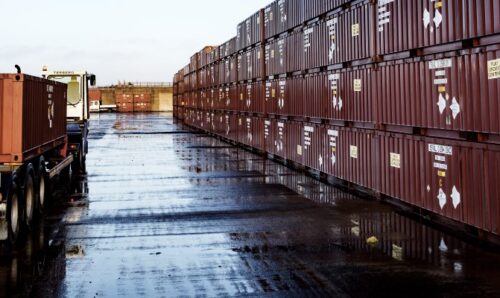Fukushima – the reacton from nuclear engineering communities
Public engagement 17 March 2016
The Fukushima-Daiichi meltdowns certainly turned the opinions of many people and governments against nuclear power – including Germany and Italy, the UK being a notable exception. However, the reaction within the nuclear research and engineering community itself has not been one of ‘radical re-thinking’ or ‘course changes’. Amongst technologists, what transpired in Japan isn’t really seen as a failure of modern nuclear technology at all; rather, an unfortunate combination of obsolete designs and too-cosy state capitalist operation. The operating company, TEPCO, had a long history of poor safety enforcement and maintenance. On top of which it failed to follow its own advice in a 2004 report, which recommended a higher seawall that could have kept Fukushima’s generators dry.
On the technology side, the Fukushima reactors which failed were General Electric BWR/3 models, designed in the late 1960s and installed in Japan in 1971 – that is, more than 15 years before the Chernobyl disaster. Failsafe procedures and general reactor configuration have moved on so much since BWR/3 that this kind of cooling failure is not possible in more modern reactors. One example, the Canadian CANDU reactor, is designed so that a failure of cooling causes the vessel to deform in a way that separates the fuel elements, preventing a meltdown.



Leave a Reply